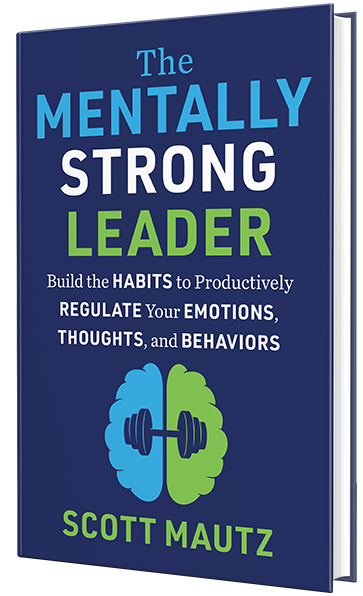
INSIGHTS (on leadership/self-leadership)
Big financial bonuses have been in the news of late. Mark Cuban, owner of the Dallas Mavericks, recently gave employees $35 million in bonuses as a “thank you for all the hard work.” Taylor Swift handed out bonuses totaling more than $55 million to people who made her record-breaking Eras Tour possible (dancers, technicians, truck drivers, staff, etc.). Yes, they are billionaires, so they should be doing that. But I’m betting your organization doesn’t have these kinds of resources for you to dole out to your employees.
So, how about giving out emotional bonuses? The idea is simple. Think of surprising, meaningful ways you can show appreciation that will produce a boost in feeling cared for and valued. That’s it. As an example, I liked to invite key employees to an appreciation dinner, then have my wife and daughter show up at the dinner to hand deliver a gift to those employees. Why? It was because of my employee’s great work that I was able to be home, present, and relaxed with my family. In that way, my family thanks them as well. The gesture strikes an emotional chord with the employees, and, I believe, has an even greater impact than a financial bonus.
How might you give out emotional bonuses to people in your life?
IMPERFECTIONS (something many struggle with)
I often get asked “How do I get off to a fast start in my new leadership role? Where do I focus?” You can assemble a 100-Day Plan; how you’ll spend your first 100 days, although, admittedly, McKinsey research shows many make the mistake of believing they ensure success, which they all-too-often, do not. It’s more about how you spend your time in your startup period, rather than the length of that period. In particular, divide your “startup” work into 5 buckets:
1. Immediate Business Needs – attend to pressing business needs to keep things moving along.
2. People – establish relationships, set expectations, energize.
3. Culture – discern “how things get done around here” and what needs to change.
4. Underlying Understanding – learn, learn, learn, about everything that matters. Ask lots of questions. In fact, interview people using the same set of ten or so questions, so you can identify themes.
5. Directional Agenda/Comprehensive Growth Plan – set an early “Directional Agenda,” i.e. what you’re hoping to accomplish in the first several months or so. People won’t want to wait for you to emerge from the mountaintop, 6 months later, with the perfect plan. They need more direction/information from you, sooner. Let the Directional Agenda feed into your eventual Comprehensive Growth Plan, and reserve the right to change your Directional Agenda as you go (that’s why it’s called a “Directional” Agenda).
IMPLEMENTATION (one research-backed strategy, tip, or tool)
Find yourself in an organization that has some hard-fought momentum? Like, maybe sales are surging, or more clients are flowing in, or profits are on the uptick. Whatever form it takes, one thing’s for certain, the momentum must be preserved – it’s too precious, and fleeting, after all.
Do so by conducting The FPM Exercise (Fueling Precious Momentum). Get your team together to answer three questions:
1. How did we get momentum? Knowing the drivers/causes of your progress helps you keep drawing from them to “keep the flywheel going.”
2. What are the crucible moments we must win to keep momentum? That momentum didn’t come easy. You likely took it away from someone else (a competitor of some sort). What competitive reactions must you be ready for? What big moments lie ahead that you must win to maintain your progress?
3. How do we create the next wave of momentum (while life’s good)? Whatever wave you’re riding right now won’t last forever. Guaranteed. But forward progress does beget more forward progress, if you plan for it. So, what will accelerate things? What’s next in the pipeline?




Leave a Reply